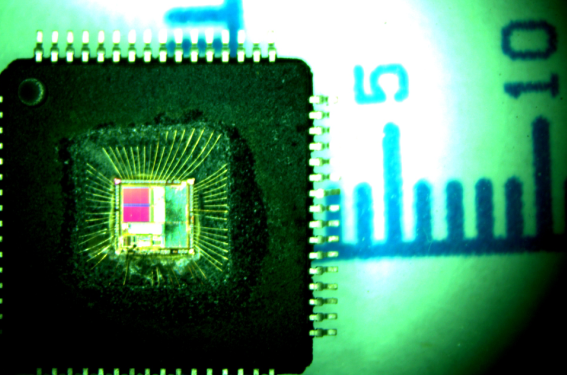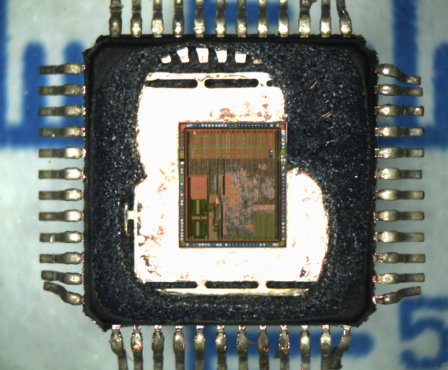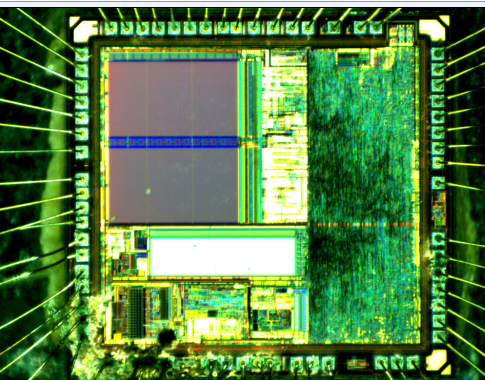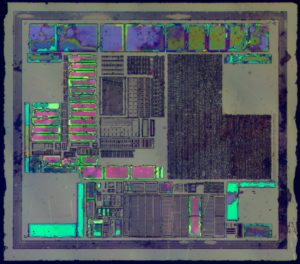Clone STM32F102CB MCU Embedded Firmware
Cloning STM32F102CB MCU embedded firmware is a critical process for developers and engineers seeking to replicate or recover the functionality of an existing microcontroller in various applications. This task typically involves a series of complex steps that may require techniques like reverse engineering, cracking, or even hacking the firmware to extract the protected source code or binary data.

One of the primary challenges when working with locked or encrypted MCU firmware is dealing with the secured memory areas, often found in the flash or EEPROM of the chip. These locked segments can prevent unauthorized access to the MCU’s program, making the process of dumping or decrypting the memory quite difficult. In such cases, professionals may use specialized tools and techniques to break the protection, allowing them to decode or decrypt the data.
Reverse engineering is often a crucial technique employed to analyze and replicate the firmware of the microcontroller. By examining the firmware’s file structure or directly probing the microprocessor, engineers can uncover details about its operation and design. Once the data is successfully extracted, the microcontroller can be replicated for use in similar applications or to test new firmware modifications.
Moreover, if the STM32F102CB MCU’s firmware is stored in an archive or program that has been locked, a process of cracking the code may be necessary to ensure proper functionality. The tools used for this typically focus on bypassing security mechanisms, enabling access to protected areas of the chip. This makes it possible to recover the program and modify it to suit the developer’s needs.
In conclusion, cloning the STM32F102CB MCU firmware involves several steps, from attacking the encryption to extracting and replicating the firmware. These techniques are essential for those looking to understand or customize embedded systems in industrial or academic environments.

The I²C bus interface can operate in multimaster and slave modes. It can support standard and fast modes. It supports dual slave addressing (7-bit only) and both 7/10-bit addressing in master mode. A hardware CRC generation/verification is embedded which has become an important pretext for Clone STM32F102CB MCU Embedded Firmware. The interface can be served by DMA and it supports SM Bus 2.0/PM Bus.

The STM32F102CB value line embeds three universal synchronous/asynchronous receiver transmitters (USART1, USART2 and USART3) to facilitate the process of Unlock Microchip MCU PIC16F526 Protected Archive. The available USART interfaces communicate at up to 3 Mbit/s. They provide hardware management of the CTS and RTS signals to Get Microcontroller P89C536 Embedded Firmware, they support IrDA SIR ENDEC, the multiprocessor communication mode, the single-wire half-duplex communication mode and have LIN Master/Slave capability. The USART interfaces can be served by the DMA controller.

Up to two SPIs are able to communicate up to 12 Mbit/s in slave and master modes in full-duplex and simplex communication modes in order to Copy MC68HC08BD24 MCU Embedded Program. The 3-bit prescaler gives 8 master mode frequencies and the frame is configurable to 8 bits or 16 bits by Clone STM32F102CB MCU Embedded Firmware. Both SPIs can be served by the DMA controller.
The STM32F102CB value line embeds a HDMI-CEC controller that provides hardware support of consumer electronics control (CEC) (Appendix supplement 1 to the HDMI standard). This protocol provides high-level control functions between all audiovisual products in an environment for the purpose of Microcomputer PIC16LF872 Secured Heximal Unlocking. It is specified to operate at low speeds with minimum processing and memory overhead when Break IC Program.

